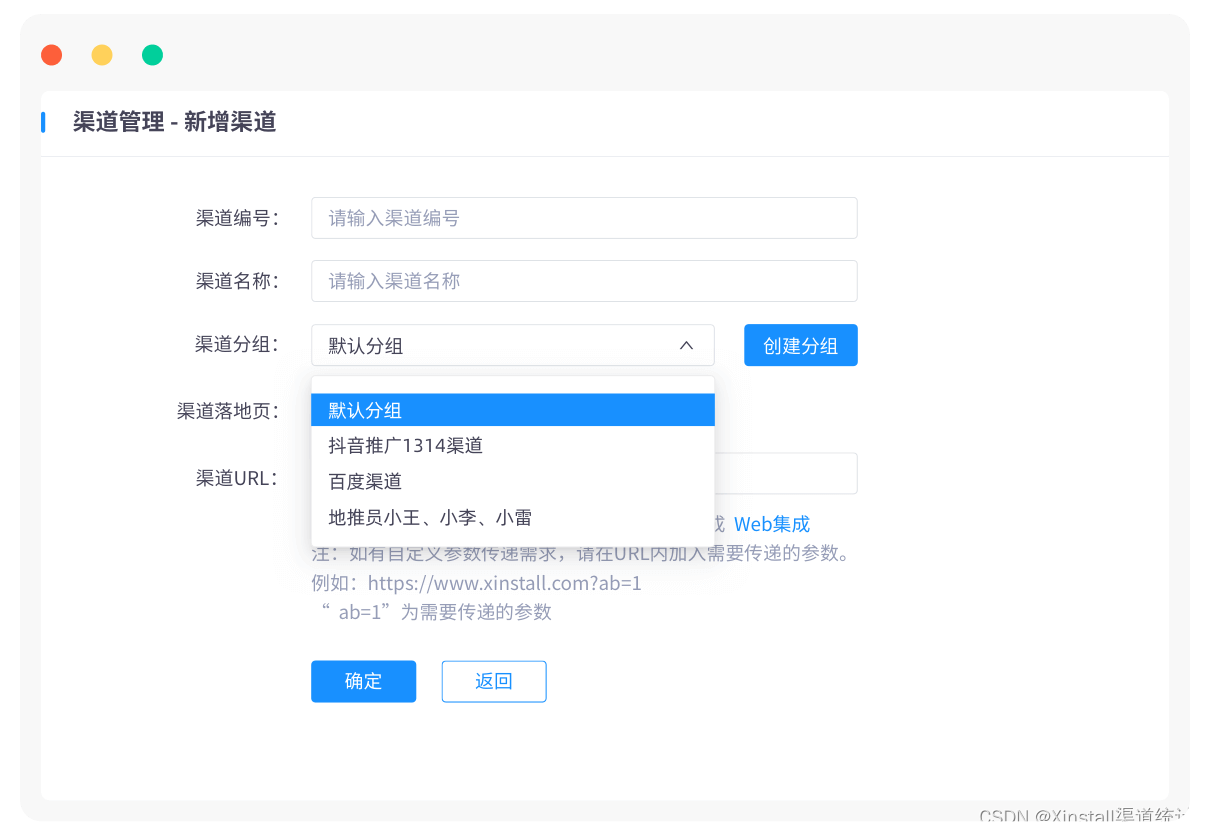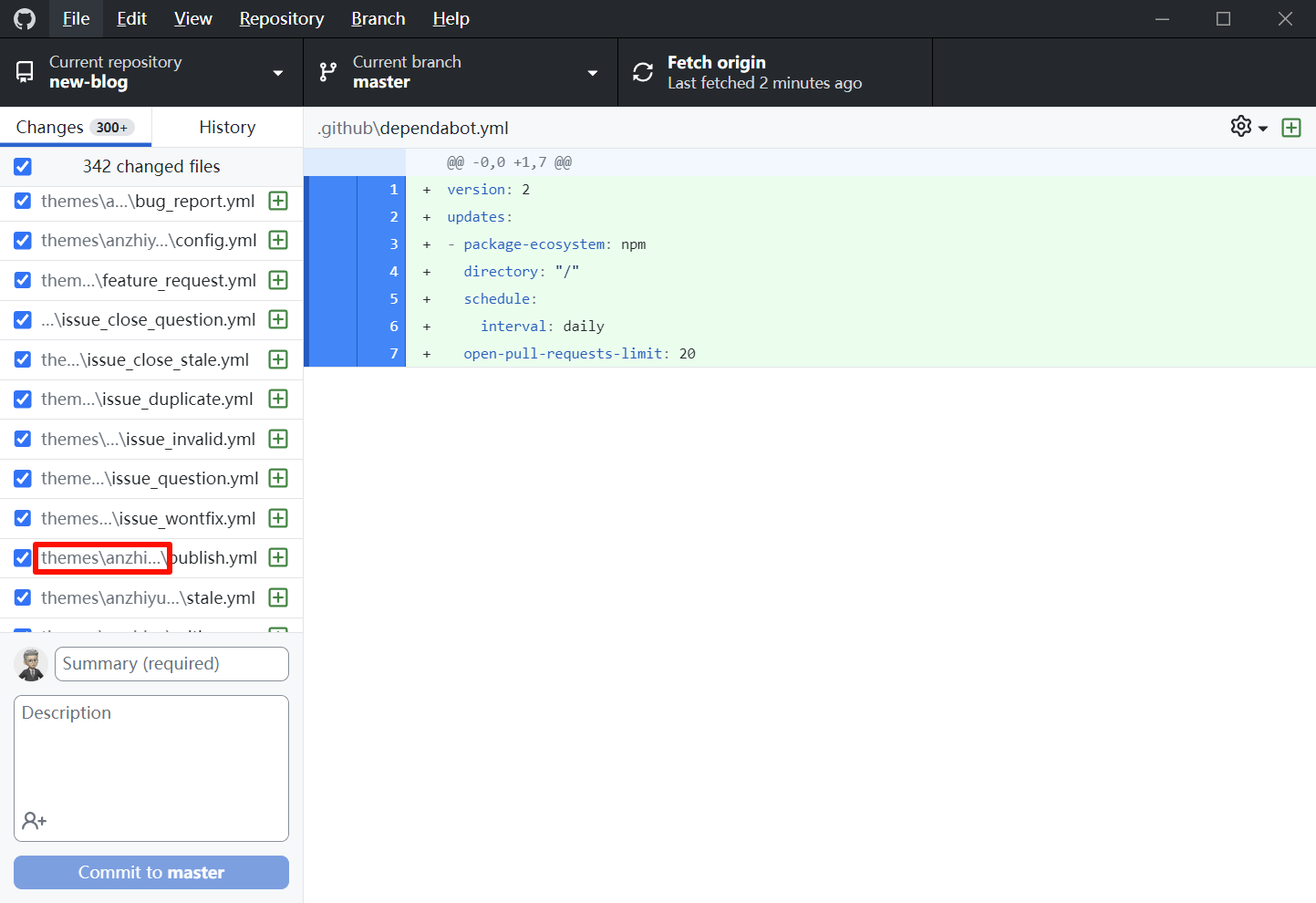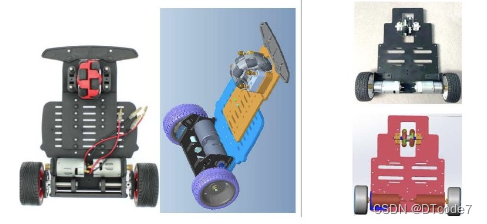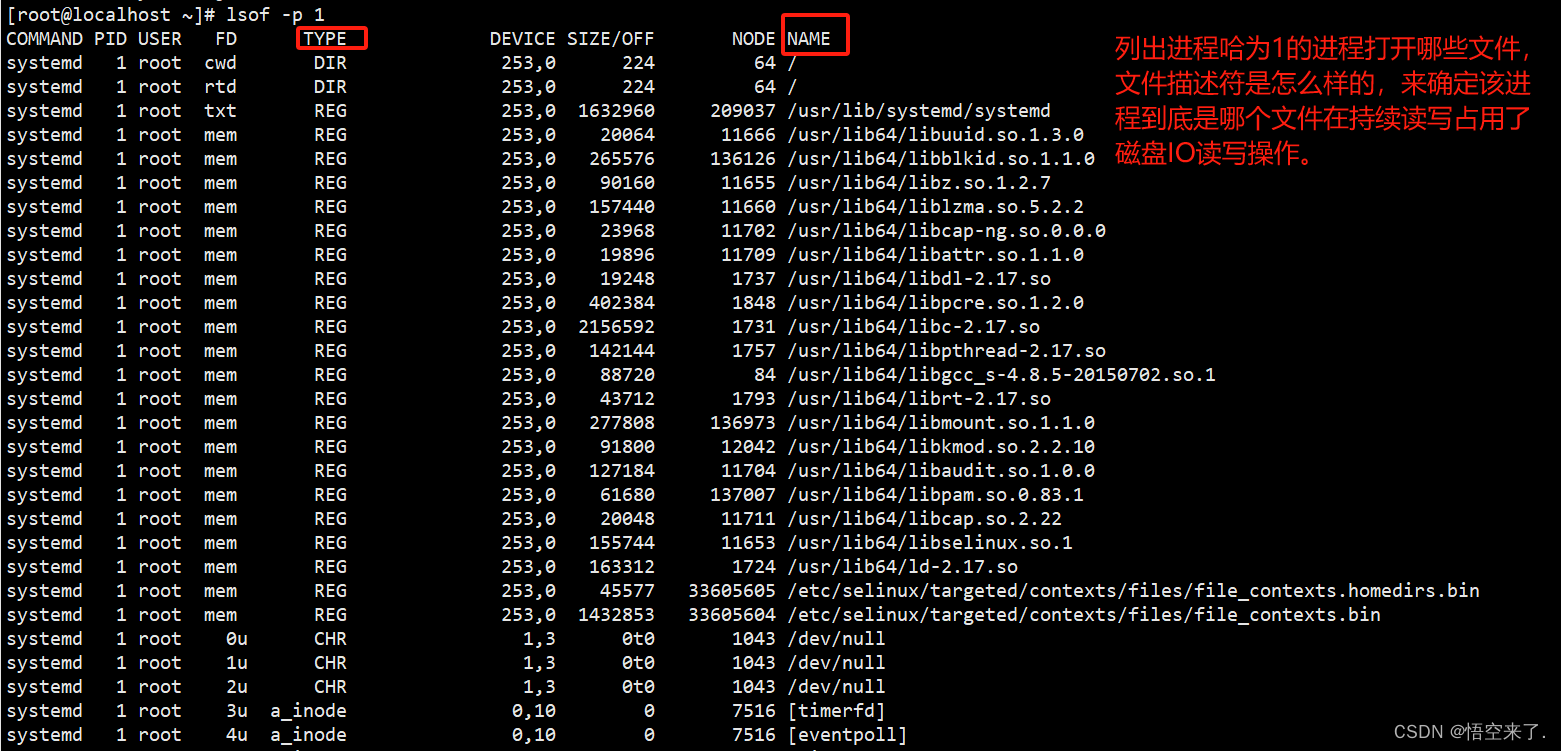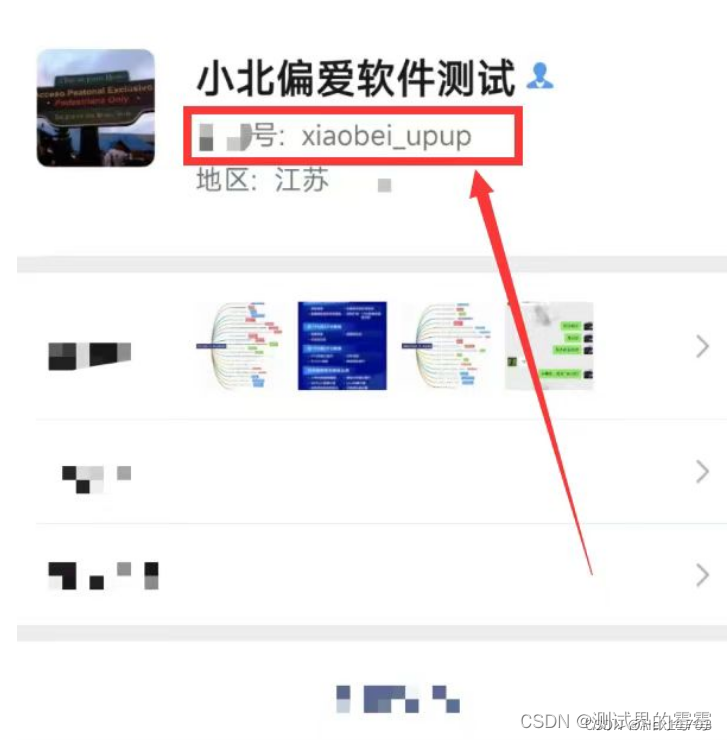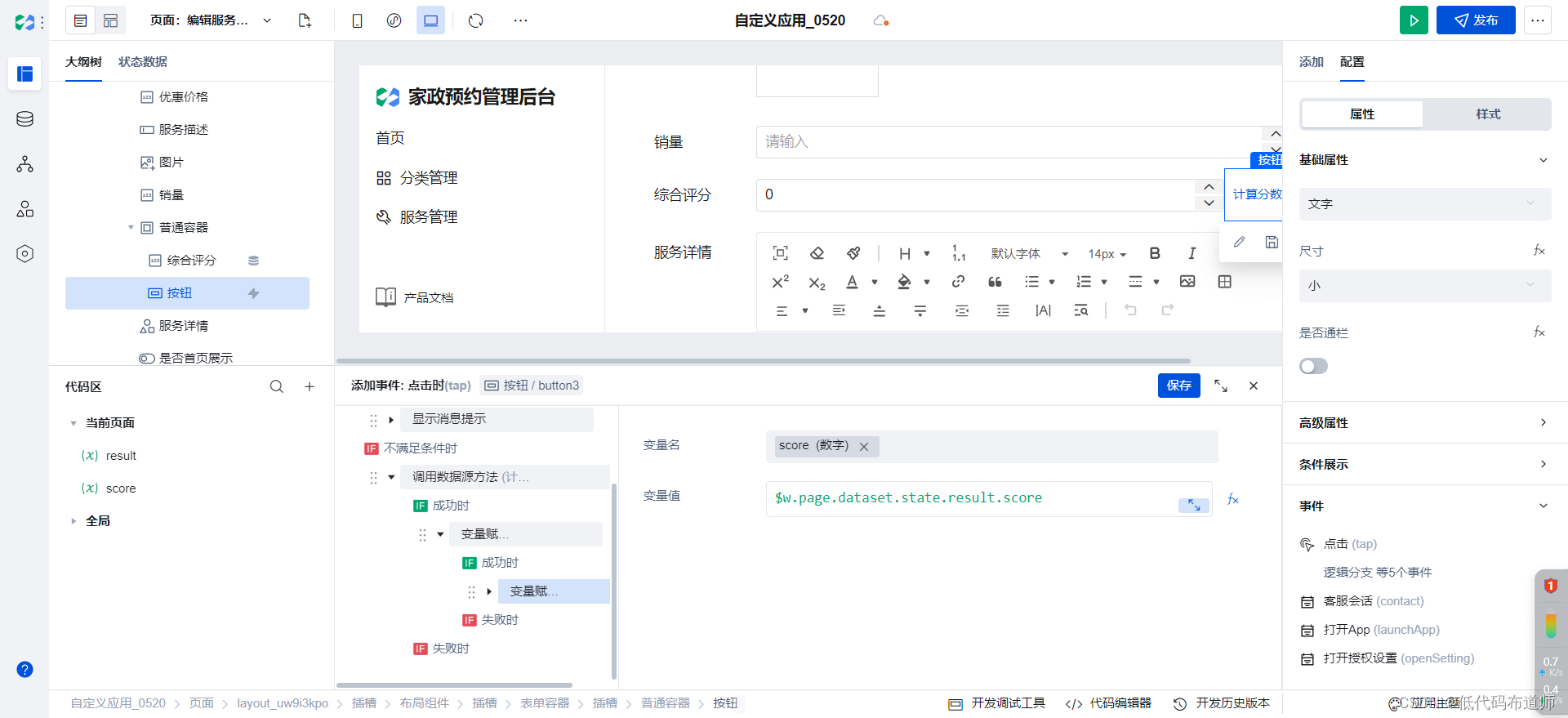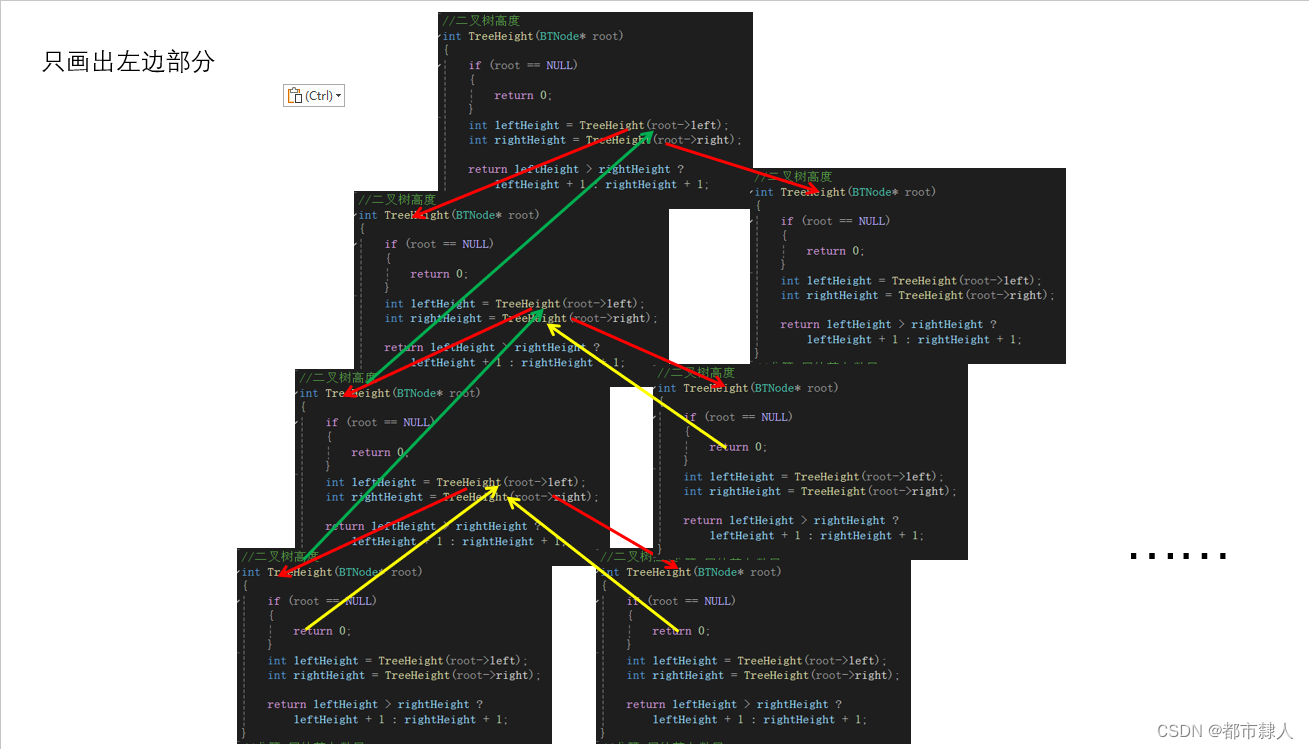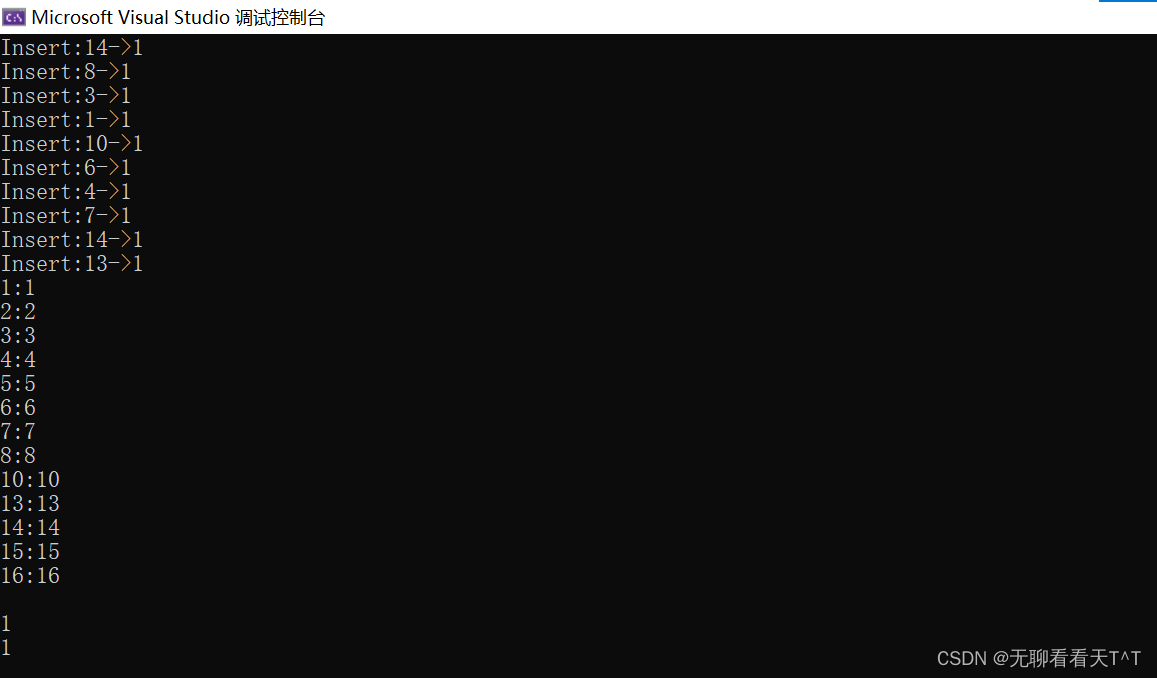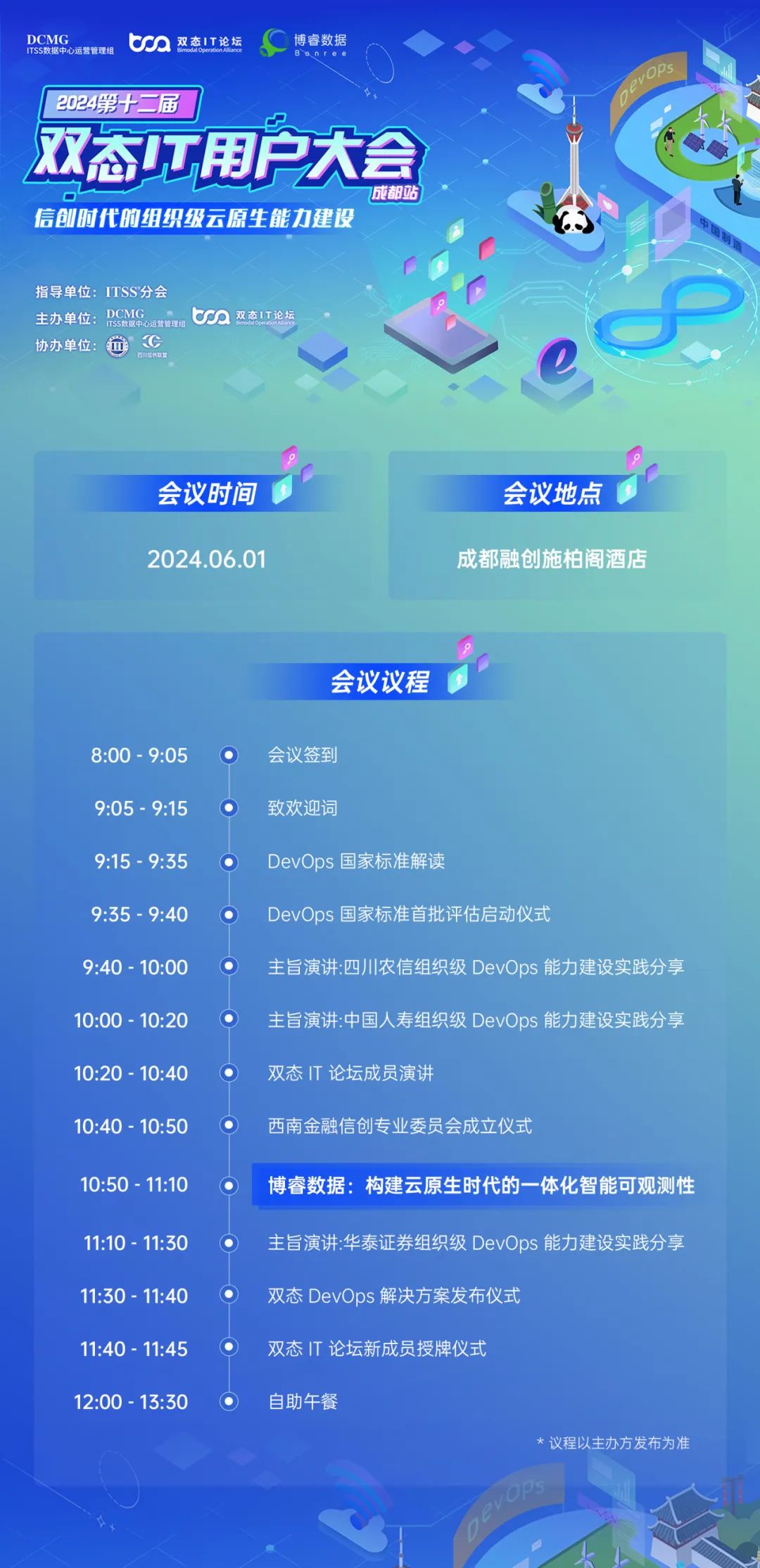Spring给我们提供了一个RestTemplate的API,可以方便的实现Http请求的发送。
同步客户端执行HTTP请求,在底层HTTP客户端库(如JDK HttpURLConnection、Apache HttpComponents等)上公开一个简单的模板方法API。RestTemplate通过HTTP方法为常见场景提供了模板,此外还提供了支持不太常见情况的通用交换和执行方法。 RestTemplate通常用作共享组件。然而,它的配置不支持并发修改,因此它的配置通常是在启动时准备的。如果需要,您可以在启动时创建多个不同配置的RestTemplate实例。如果这些实例需要共享HTTP客户端资源,它们可以使用相同的底层ClientHttpRequestFactory。 注意:从5.0开始,这个类处于维护模式,只有对更改和错误的小请求才会被接受。请考虑使用org.springframework.web.react .client. webclient,它有更现代的API,支持同步、异步和流场景。
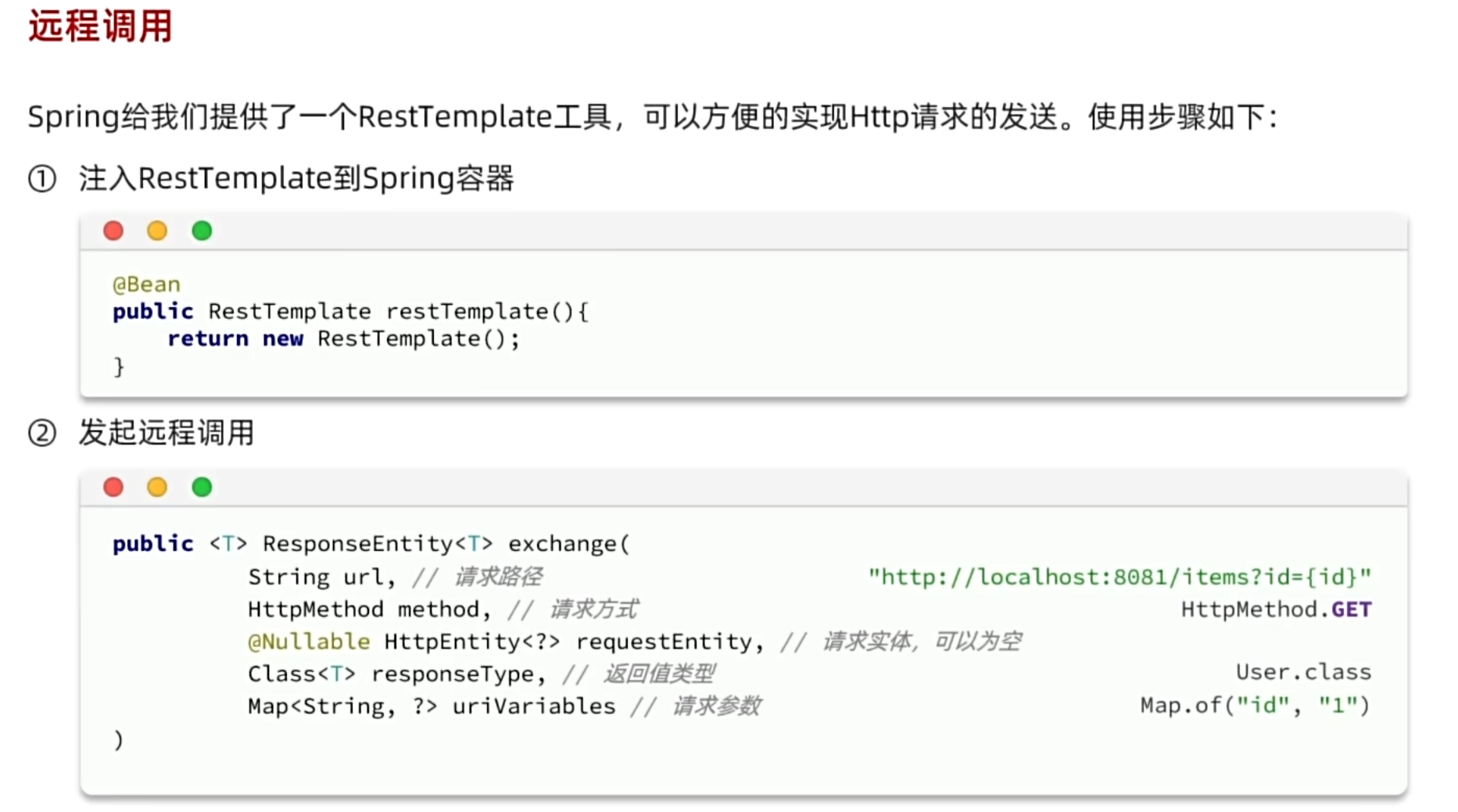
1. 添加依赖
首先,确保你的Spring Boot项目中已经添加了spring-web依赖,因为RestTemplate类包含在这个模块中。
<!-- 在pom.xml中添加依赖 -->
<dependency>
<groupId>org.springframework.boot</groupId>
<artifactId>spring-boot-starter-web</artifactId>
</dependency>2.创建配置类
import org.springframework.context.annotation.Bean;
import org.springframework.context.annotation.Configuration;
import org.springframework.web.client.RestTemplate;
@Configuration
public class RestTemplateConfig {
@Bean
public RestTemplate restTemplate() {
return new RestTemplate();
}
}3. 使用RestTemplate
在你的服务类中,你可以通过注入RestTemplate Bean来使用它。
import org.springframework.http.ResponseEntity;
import org.springframework.web.client.RestTemplate;
import org.springframework.stereotype.Service;
@Service
public class MyService {
private final RestTemplate restTemplate;
// 通过构造器注入 RestTemplate
public MyService(RestTemplate restTemplate) {
this.restTemplate = restTemplate;
}
public String fetchDataFromApi(String url) {
// 使用 RestTemplate 发送 GET 请求
ResponseEntity<String> response = restTemplate.exchange(
url,//请求路径
org.springframework.http.HttpMethod.GET,//请求方式
null,//请求实体
String.class // 指定响应体类型为 String
);
if(!response.getStatusCode().is2xxSuccessful()){
// 查询失败,直接结束
return;
}
// 返回响应体
return response.getBody();
}
}